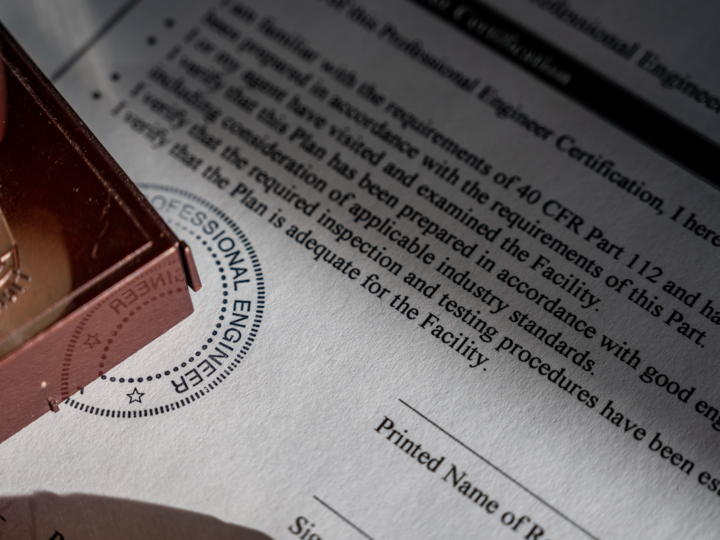
Consequences of Bargaining Away the American Rule
By Sarah A. Johnson, Esq.
Most jurisdictions follow what is called the American Rule, whereby successful parties are responsible for their own attorney’s fees in the absence of a statute or contractual agreement allowing for recovery of such fees.1 In practice, this rule supplies equal motivation for both parties to consider an early, economically efficient settlement, as both sides likely want to avoid incurring a lot of fees and costs in litigation. On the other hand, both parties are often convinced of the superiority of their positions, which means that when fee-shifting to the prevailing party is allowed, both parties become entrenched in their positions and are not necessarily concerned about the rising costs of litigation, as they believe they will be awarded their fees and costs once they prevail.
However, since only one side can prevail, one party will be forced to pay not only their fees and costs, but the other side’s fees and costs as well. Further, the prevailing party does not always win in this scenario, as the costs of litigation are notoriously high and may force the other party into insolvency or bankruptcy, leaving the prevailing party to pay its own fees and costs regardless of any fee-shifting involved. Therefore, it is best if both parties believe they will have to pay their own fees and costs and take this into consideration early in litigation.
In the context of professional liability claims against design professionals, there are not very many statutory legal theories that allow for fee-shifting. Accordingly, fee-shifting tends to arise in the contractual context. Typical contractual provisions that may include fee-shifting are the aforementioned prevailing party provisions and indemnity provisions. In a prevailing party provision, the parties agree that the prevailing party in a dispute shall be entitled to its fees and costs from the non-prevailing party. In indemnity provisions, the indemnitor often agrees to defend and indemnify the indemnitee from certain claims, including the reasonable attorney’s fees involved with said claims.
While these types of provisions may seem beneficial at the start of the project, engineers often do not think about the finer details of how they will be applied in practice. For example, is the other side a prevailing party if it brings a claim against the engineer for millions of dollars, but recovers only a few thousand? If so, the attorney’s fees award could be much greater than the compensatory damages. When is the engineer’s duty to defend triggered under an indemnity clause? If it is at the time any allegation is made involving the engineer’s work, is there any recourse for the engineer to get paid back if it is ultimately found that the engineer is not liable? If not, the engineer may end up paying a large amount to defend another party even though the engineer is not at fault.2
Further, under most professional liability policies, there is no coverage for liability assumed under a contract or agreement unless the insured would have such liability in the absence of a contract. Given the prevalence of the American Rule, it is unlikely that an engineer would be responsible for the attorney’s fees of another party in the absence of agreeing to same in a contract. Accordingly, fee-shifting provisions, such as indemnity provisions and prevailing party provisions, subject the engineer to potential uninsured exposure, meaning that the payment of the other party’s attorney’s fees will come out of the engineer’s own pocket.3
Given the aforementioned potential consequences, engineers should carefully consider and/or seek legal advice before bargaining away the American Rule in any contract.
1 See e.g., Taylor v. Pekin Ins. Co., 899 N.E.2d 251, 256 (Ill. 2008); Douglas E. Barnhart, Inc. v. CMC Fabricators, Inc., 149 Cal. Rptr. 3d 440, 445 (Ct. App. 2012); but cf., Tex. Civ. Prac. & Rem. Code § 38.001(b)(8) (“A person may recover reasonable attorney’s fees from an individual or organization other than a quasi-governmental entity […], if the claim is for […] an oral or written contract.”).
2 See Crawford v. Weather Shield Mfg., Inc., 187 P.3d 424, 439-42 (Cal. 2008) (interpreting California Code Section 2778 as requiring an indemnitor to defend the indemnitee at indemnitor’s own expense against suits raising claims covered by the indemnification clause once a defense is requested).
3 Denver Inv. Advisors, LLC v. St. Paul Mercury Ins. Co., No. 17-cv-00362-MEH, 2017 U.S. Dist. LEXIS 114564, *57-58 (D. Colo. July 24, 2017) (applying Colorado law); see also AIU Ins. Co. v. Coker, 515 So.2d 317, 319 (Fla. Ct. App. 1987).






